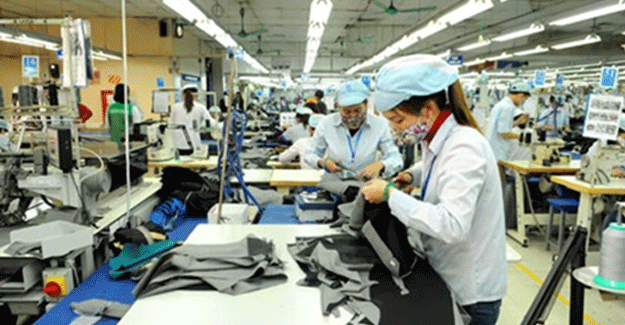
Vietnam: Looming FTAs drive investments in cotton
Several domestic and foreign-invested cotton projects are rushing to begin operating in anticipation of competing across borders after Free Trade Agreements (FTAs) go into affect. Statistics from the Ministry of Industry and Trade showed that total investment of FDI in the country was US$ 5.49 billion for the first half of the year. Of this, the investment in the garment and textile sector was US$ 1.12 billion.
Notably, two of the largest FDI projects in the period sought to build cotton and fibre factories, including Hyosung Dong Nai fibre production plant financed by Turkey with an investment of US$ 600 million, along with the US$ 160.8 million Lu Thai cotton factory. Further, several large local businesses have sought to invest in cotton production plants in a bid to participate in the industry and increase their competitiveness.
The Ky Cotton Company, a joint venture with Uni Industrial & Investment Corporation, invested US$ 90 million to build a cotton, fibre and dyeing factory in the southern Tay Ninh Province's Thanh Thanh Cong Industrial Park. It is expected that the factory will produce 15 million kilos of cotton and fibre, along with 12 million kilos of cloth yearly, as it comes into operation.
Duc Quan Investment and Development Company also invested US$ 40 million into the Fortex 6 plant. The factory is scheduled to help the company increase turnover of 30-40% as it becomes operational in the first quarter of 2016. Meanwhile, Dang Phuong Dung, general secretary of the Viet Nam Textile and Apparel Association (VITAS), said that Viet Nam has called for investment into producing materials for the garment and textile sectors, and to embrace both opportunities and challenges from FTAs. Figures released by VITAS showed that in the first five months of the year, the country's imports of cotton and fibre were higher against the same period last year, both in terms of quantity and value.
However, the country's exports of these items were also on the rise, with 381,000 tonnes worth US$ 1.01 million, posting 20% and 5.4% year-on-year in quantity and value, respectively. China was the largest importer in the five-month period, followed by South Korea, Thailand and India. Nguyen Ngoc Bach, head of the Viet Thai Export Garment Company's marketing department, said 60-70% of garment material supplied to the country's textile sector came from China, which has not been part of the TPP block. Using Chinese textile materials could result in Vietnamese garment and textile products being in violation of the requirement for where cotton originates under the TPP. It was for this reason that Vietnamese garment and textile firms have hurried to invest in cotton factories.
He said several garment and textile firms have not paid much attention to cotton projects and mostly outsourced work through foreign contracts. Garment companies should change their direction and gradually reduce outsourcing to increase the value of their products. — VNS
Textile Excellence
If you wish to Subscribe to Textile Excellence Print Edition, kindly fill in the below form and we shall get back to you with details.








